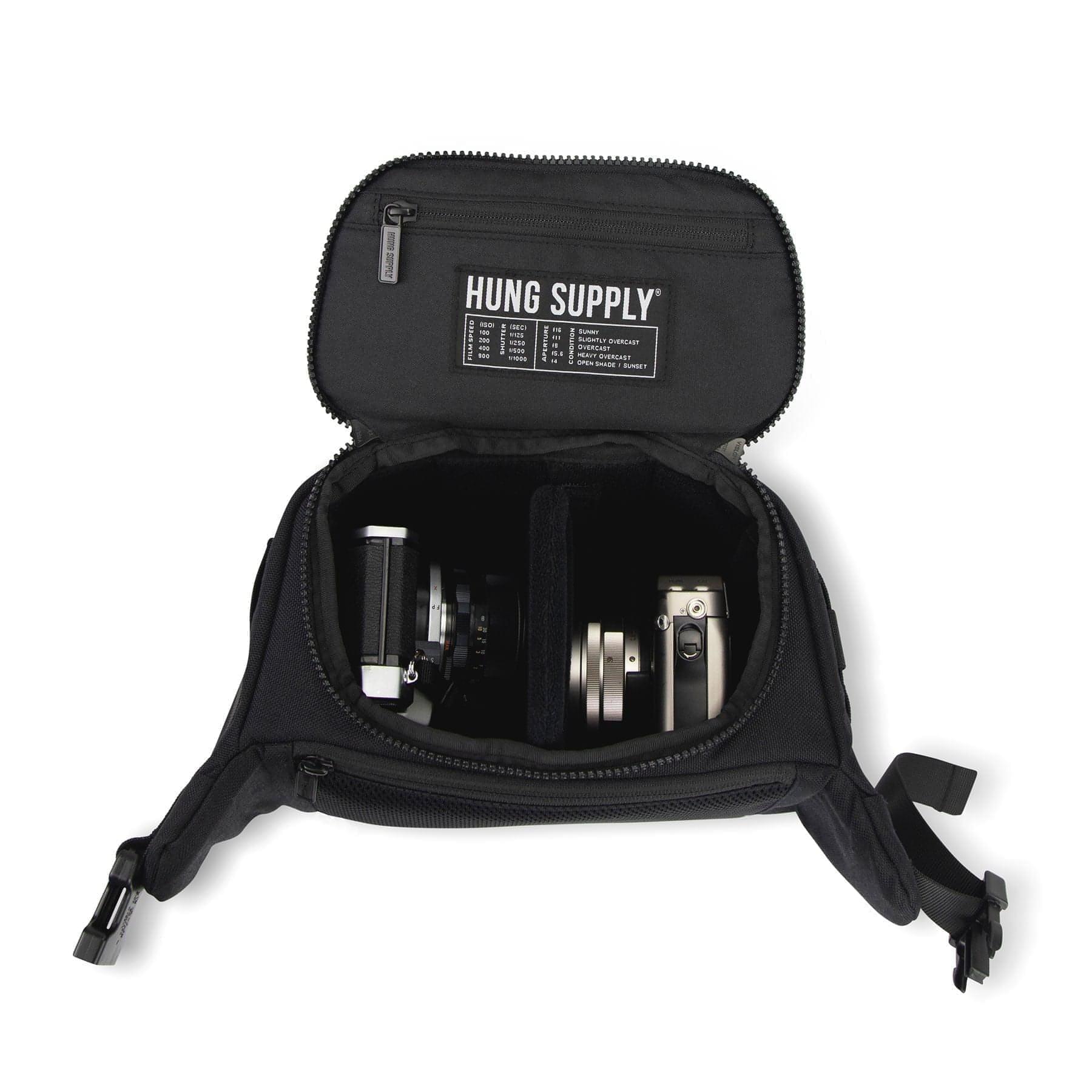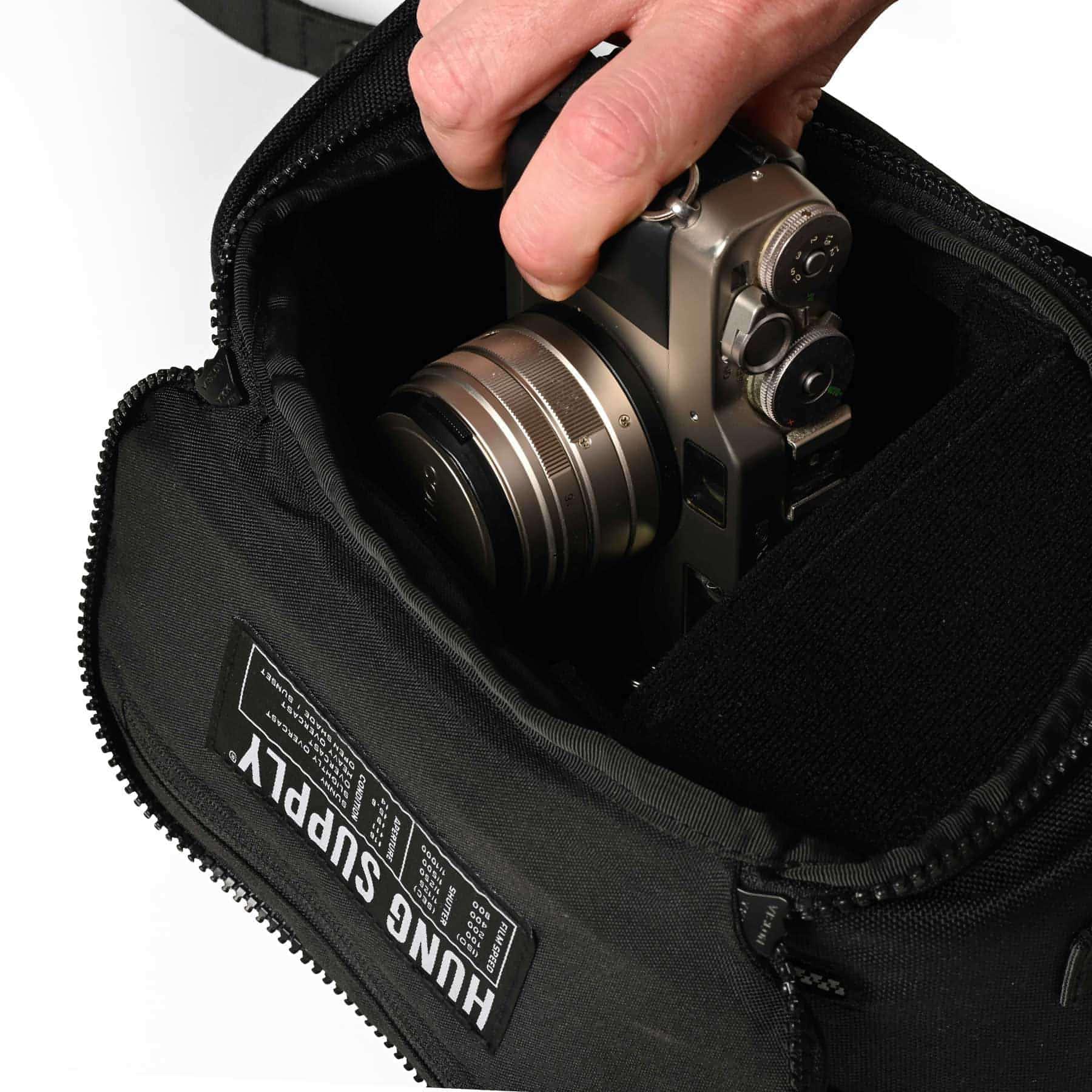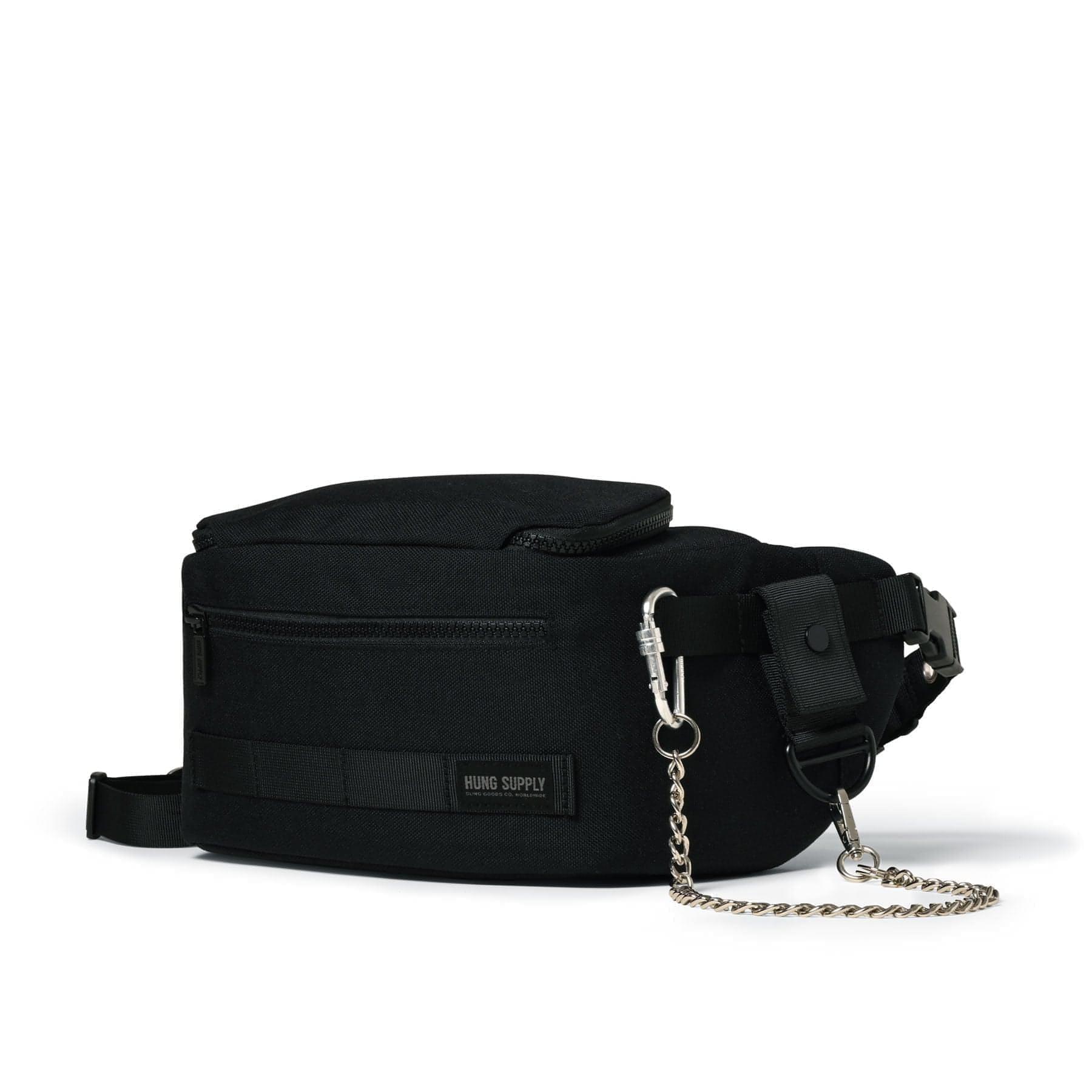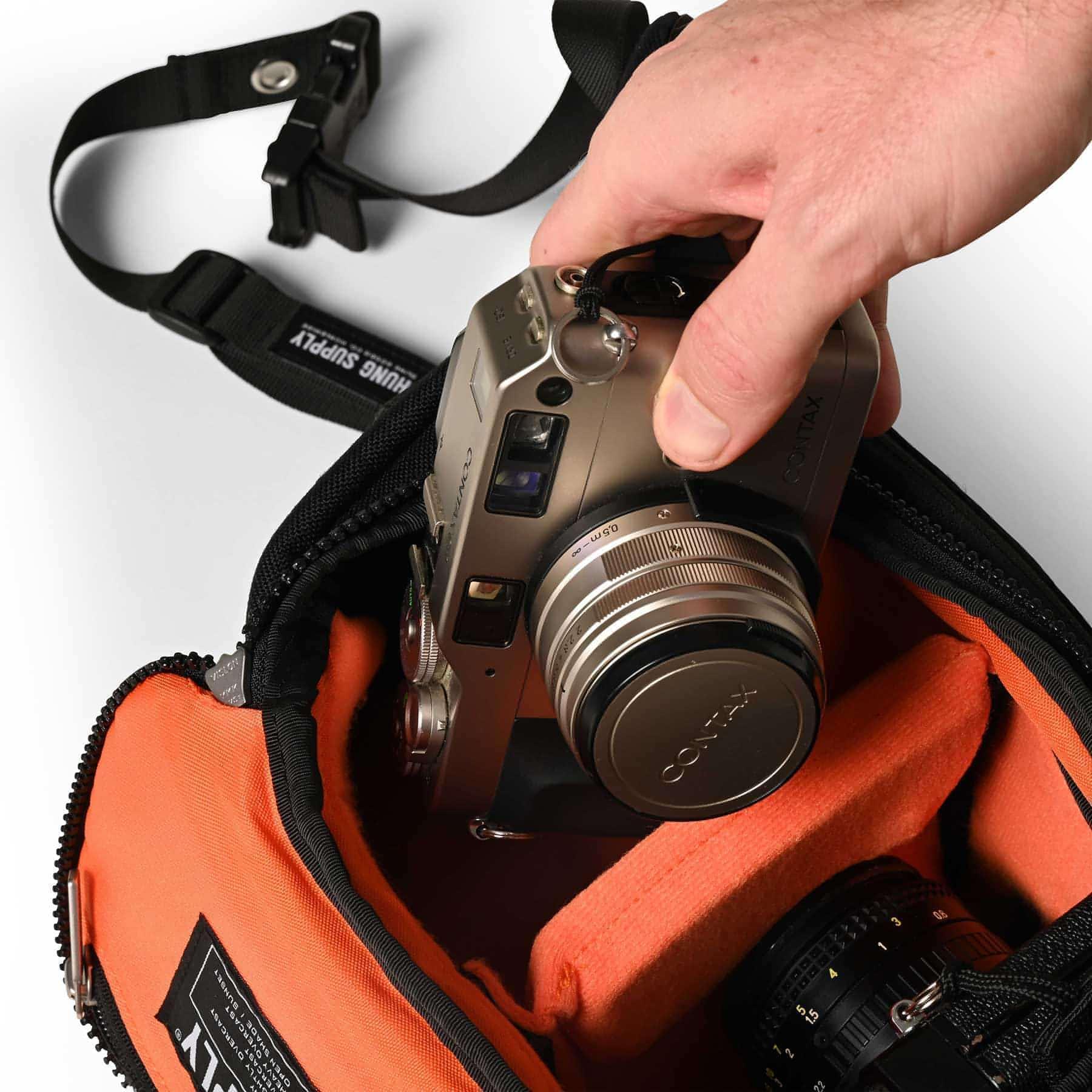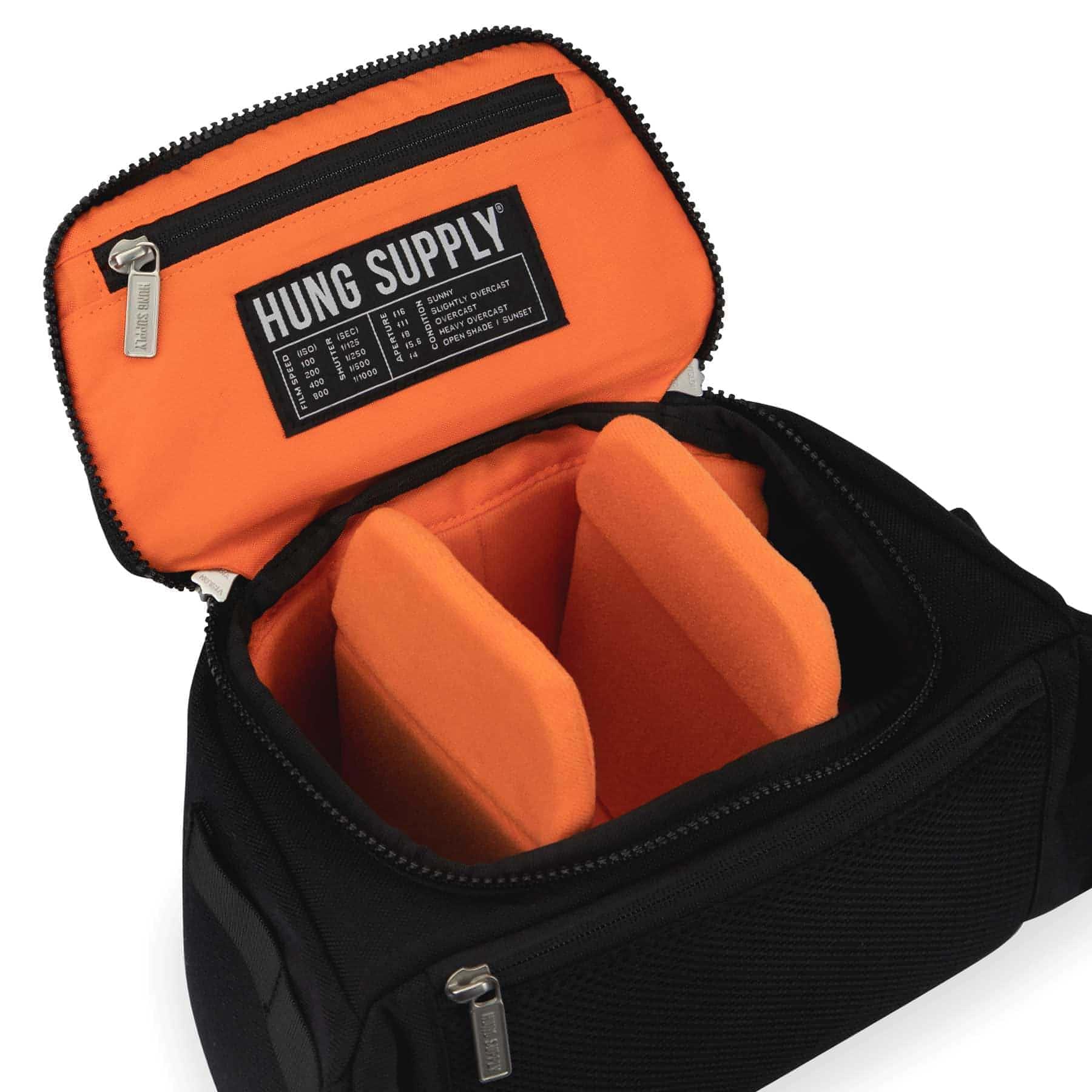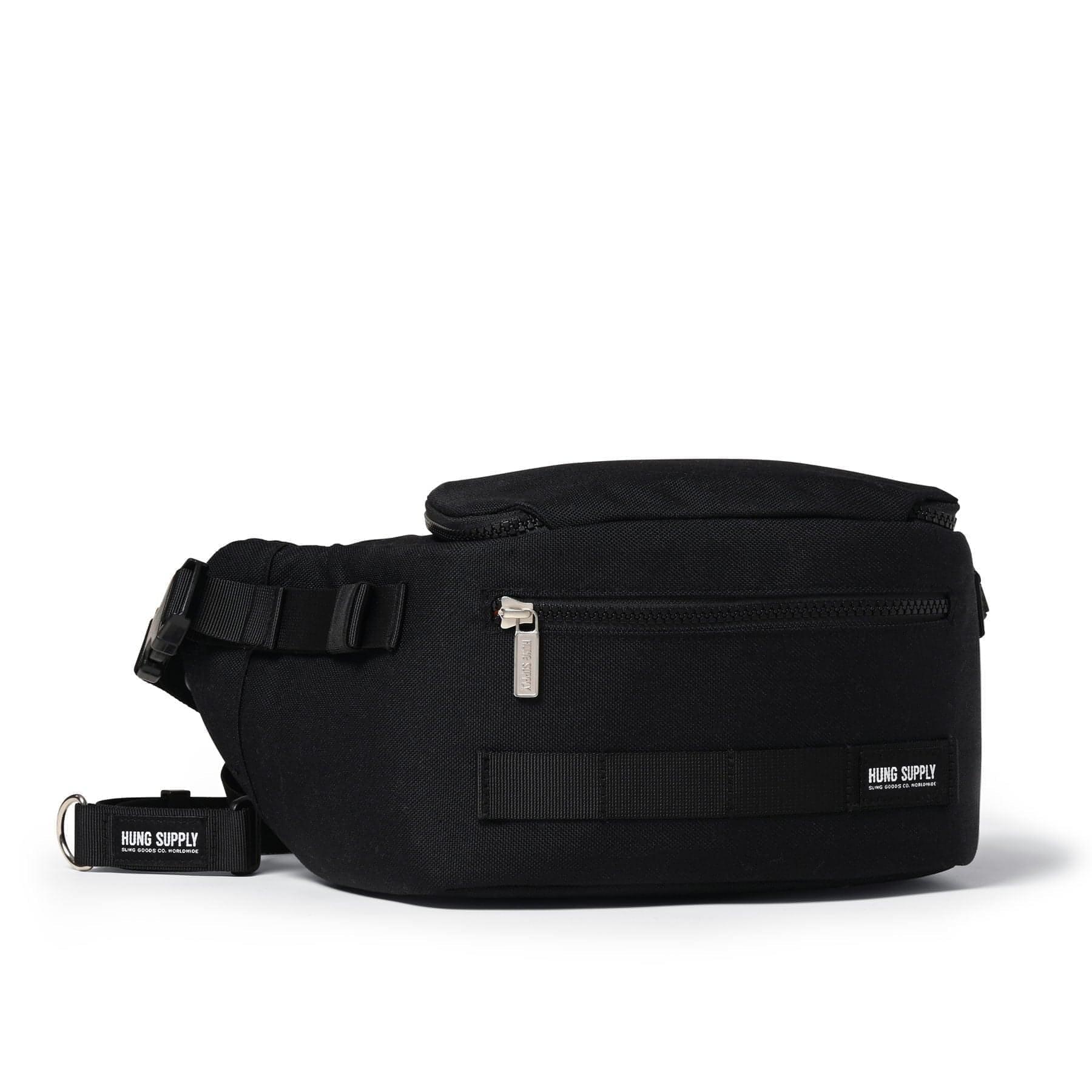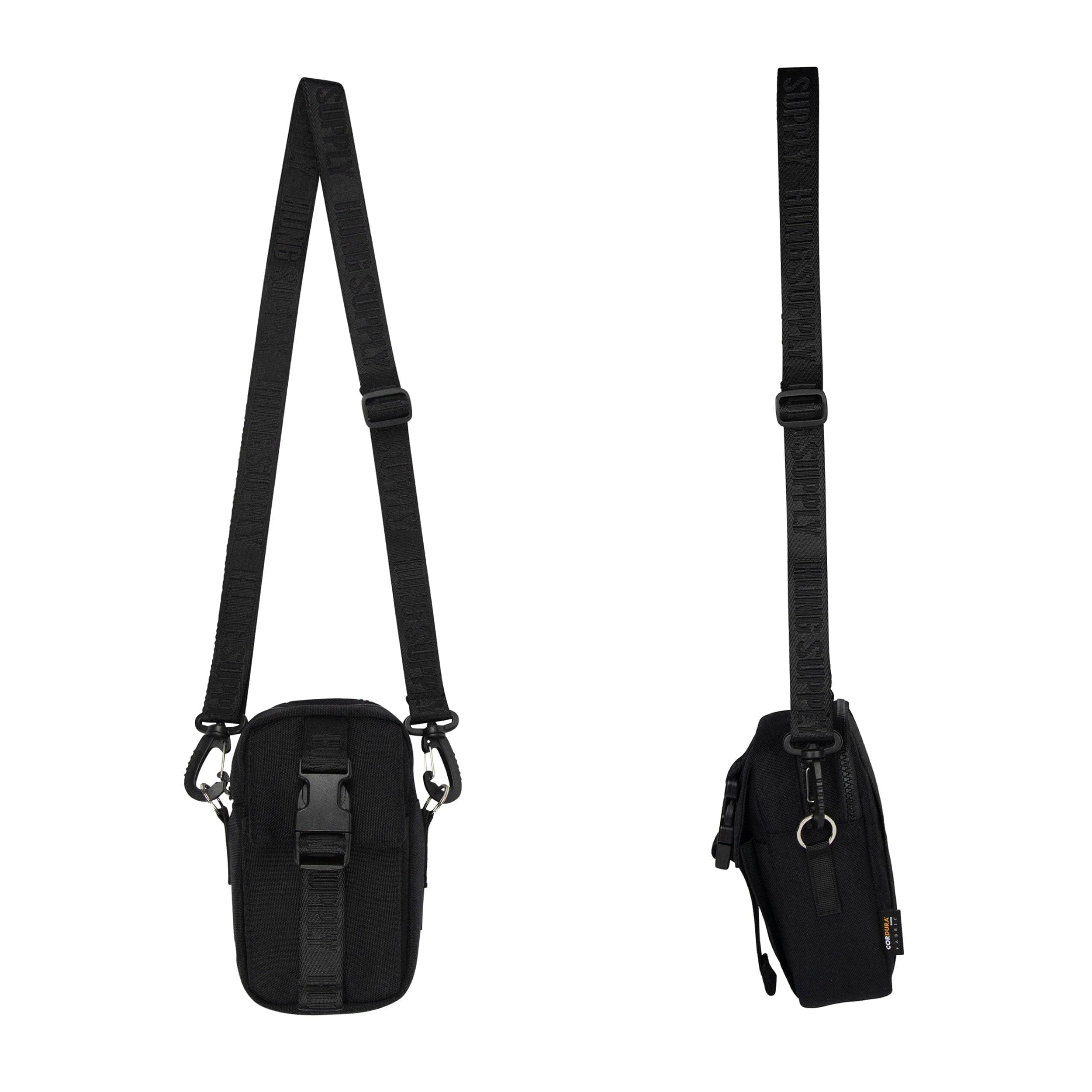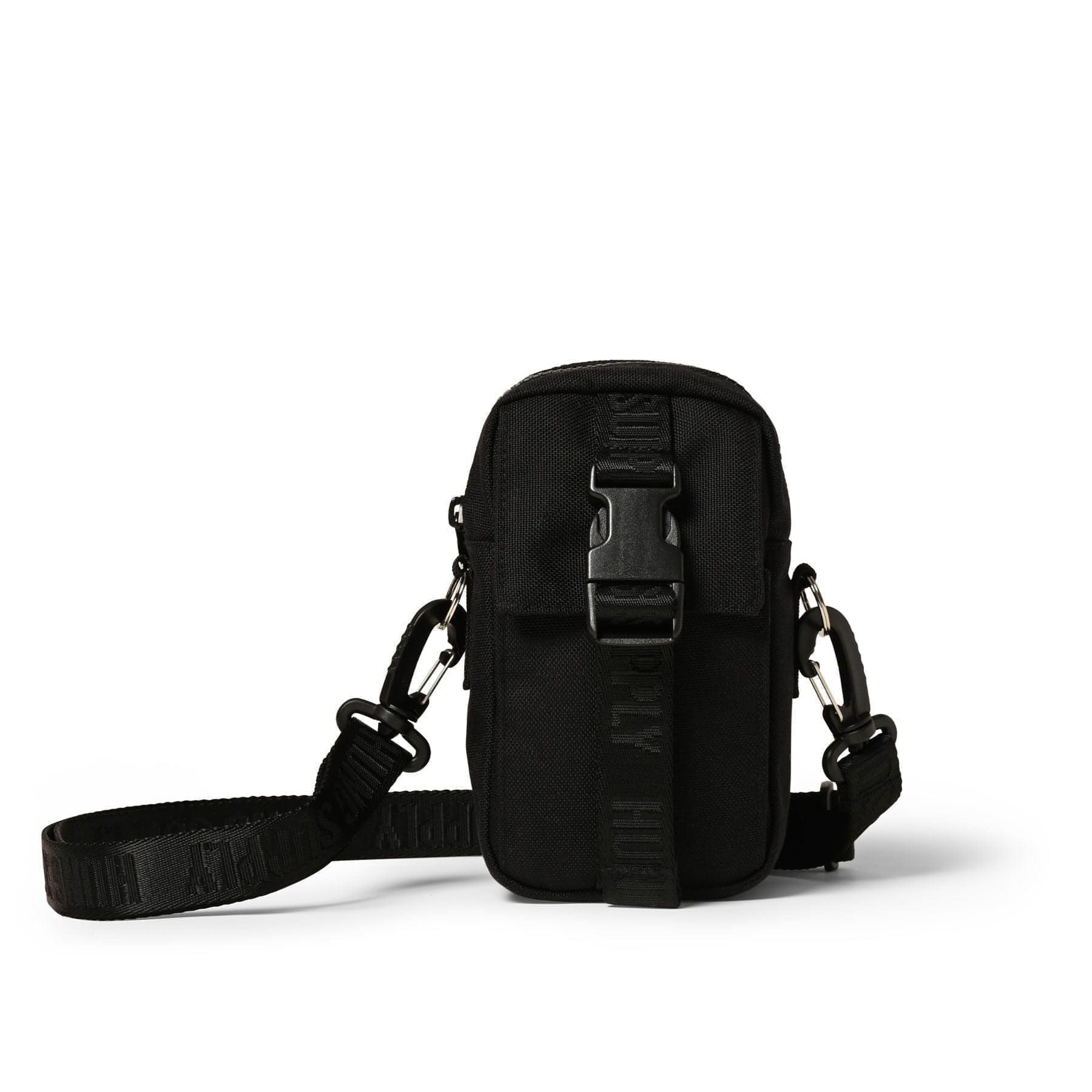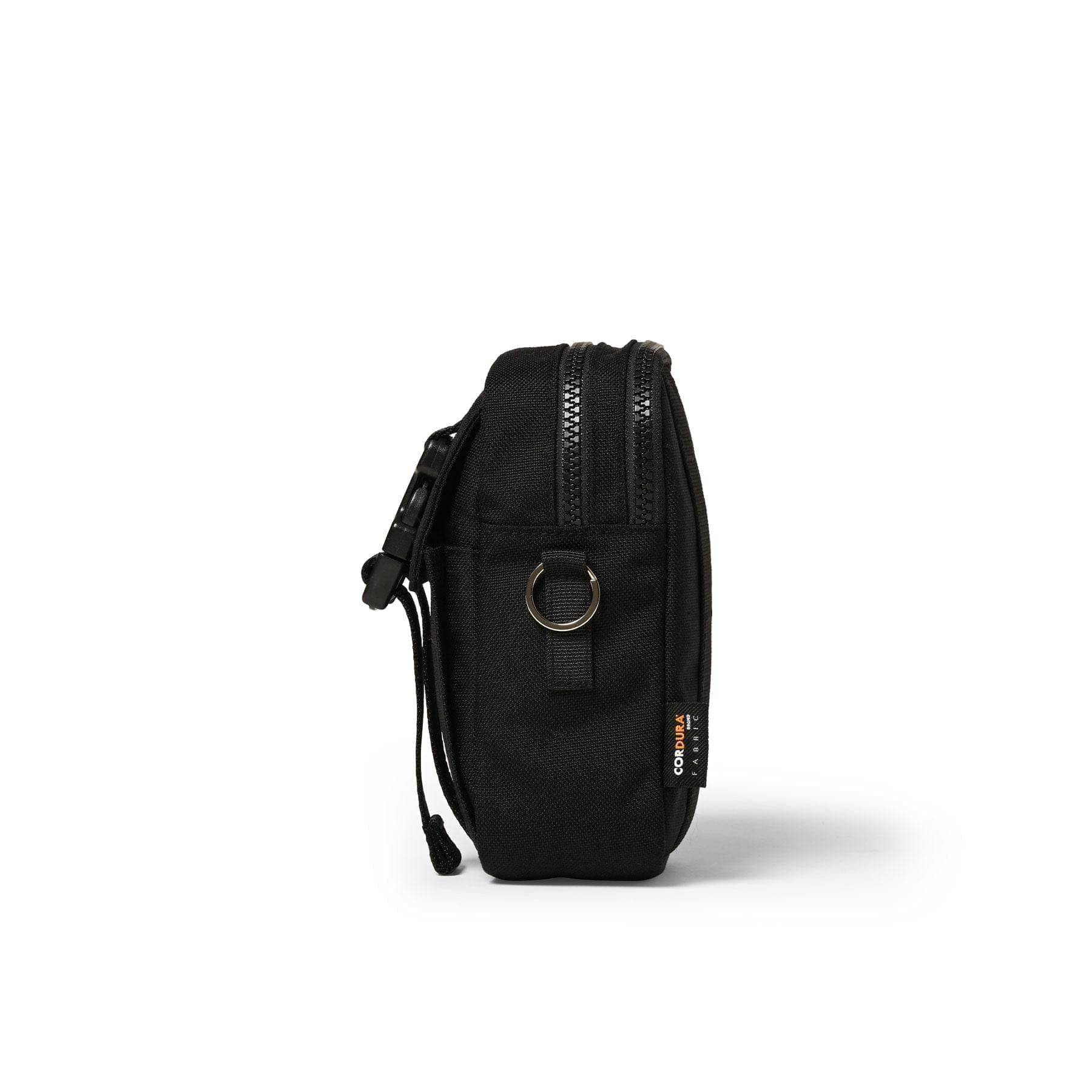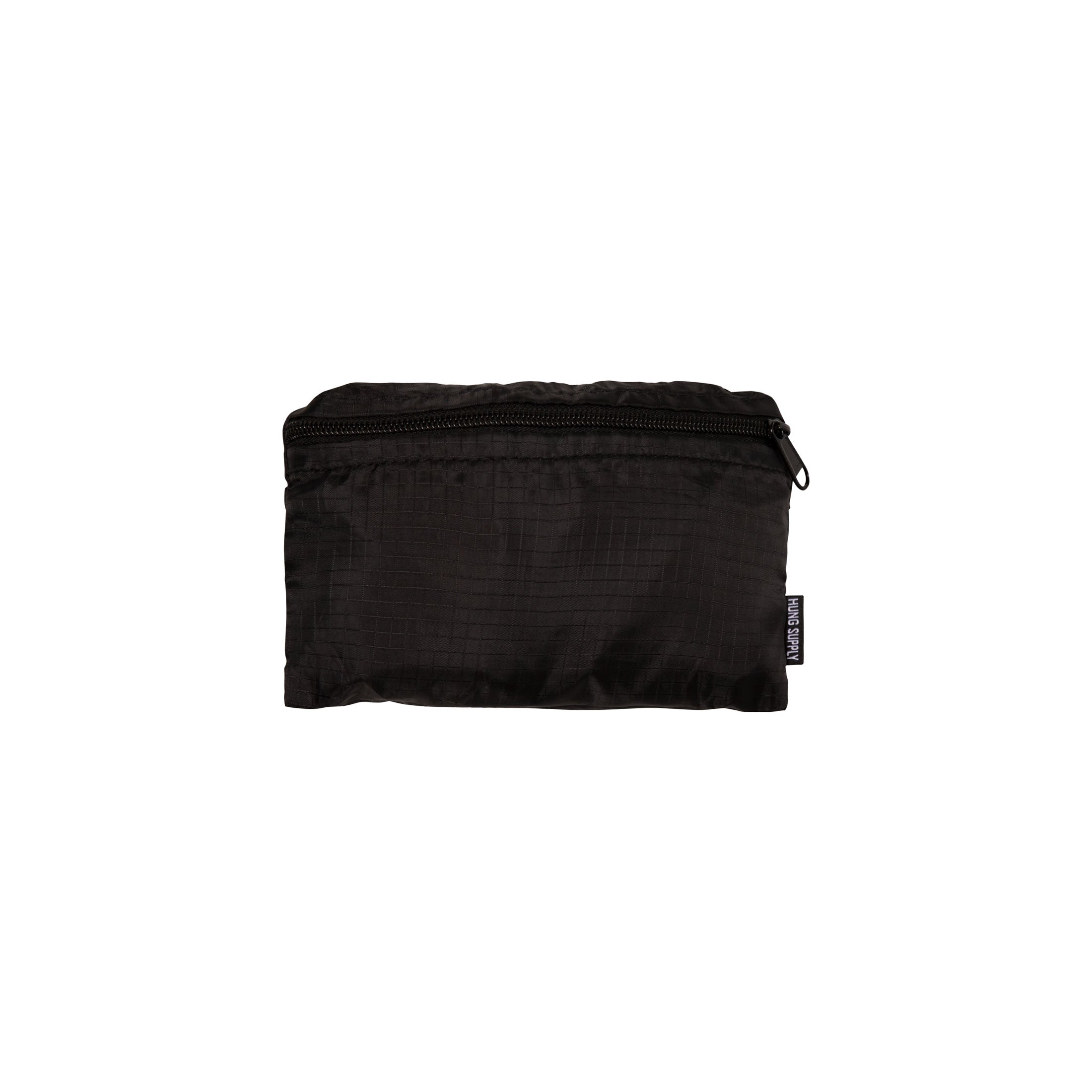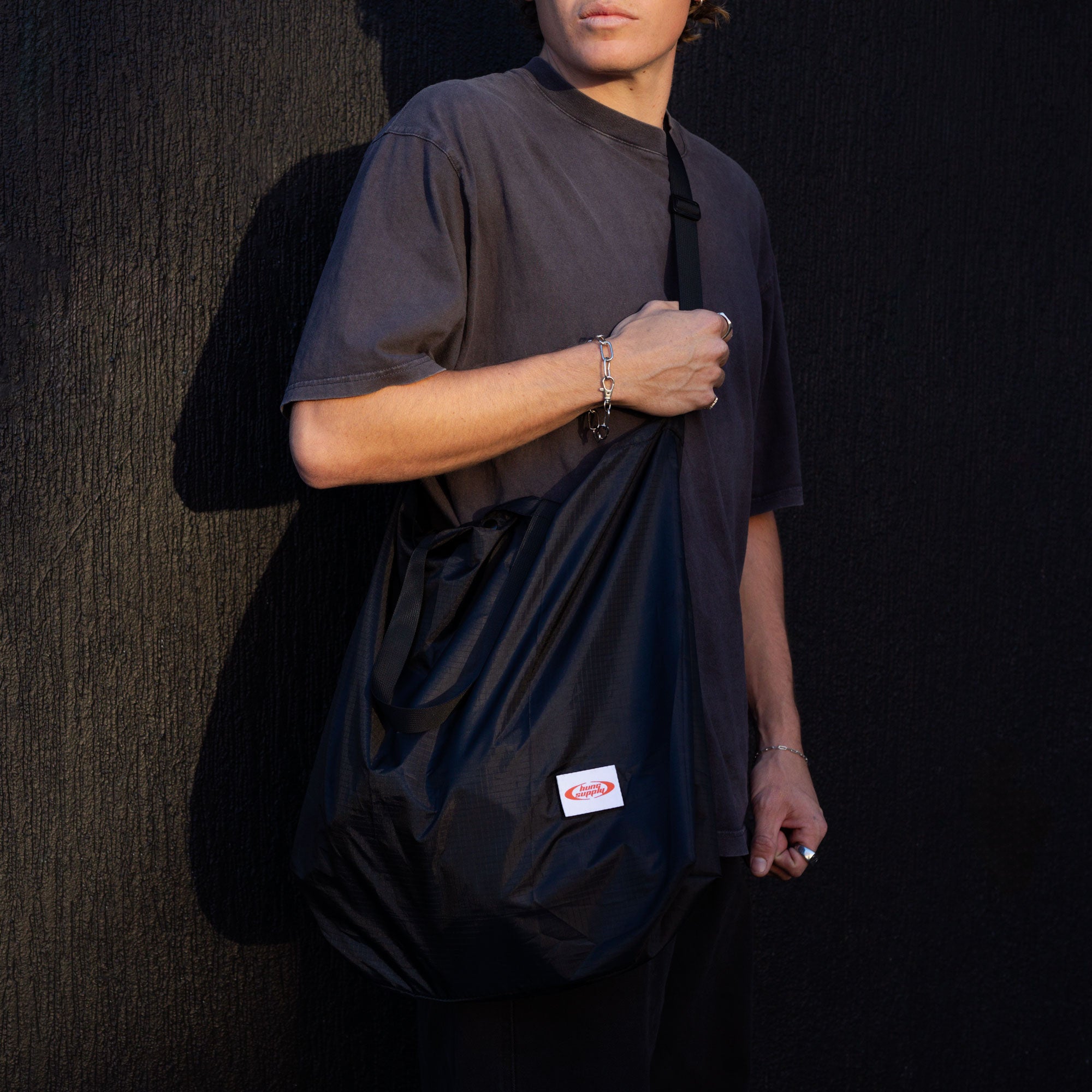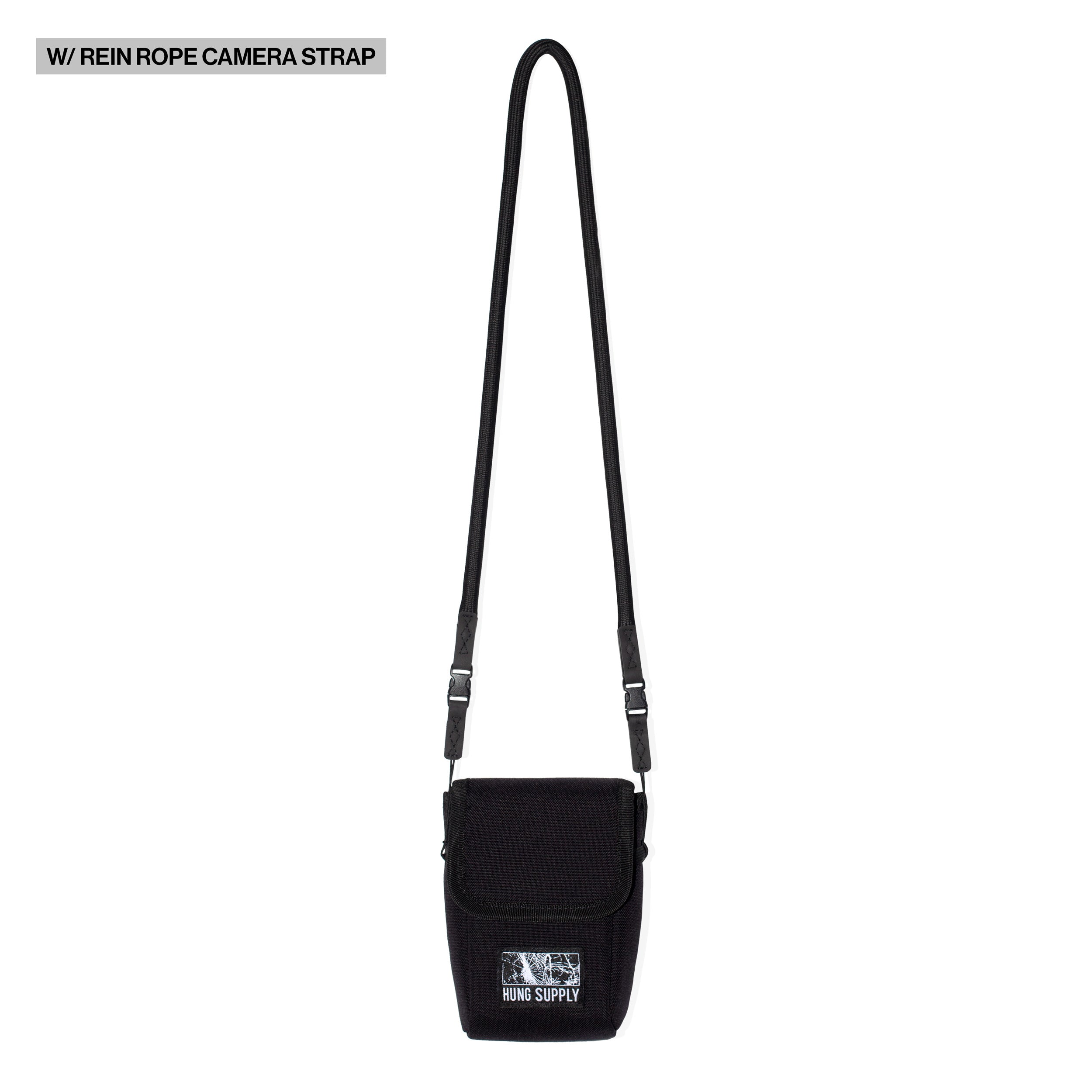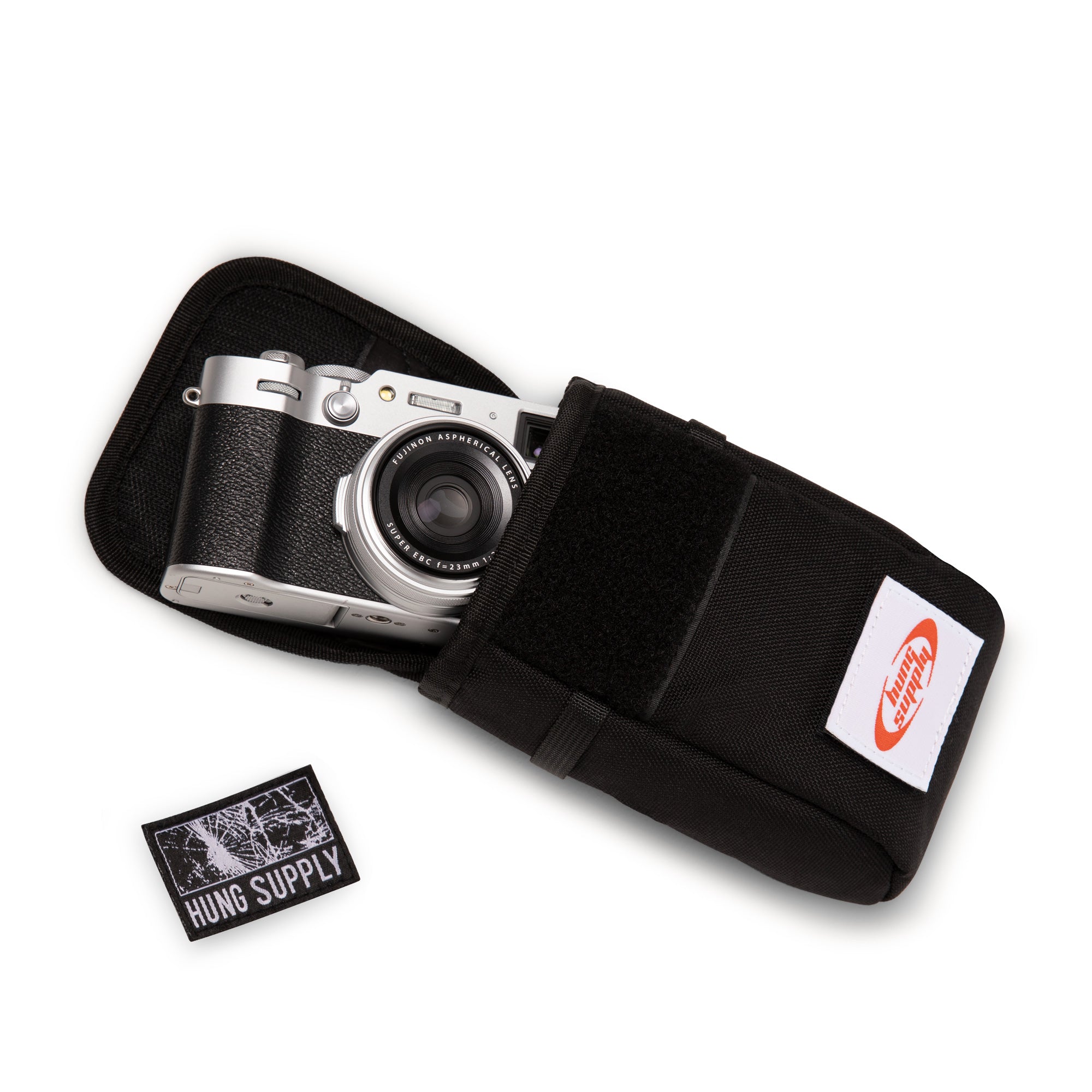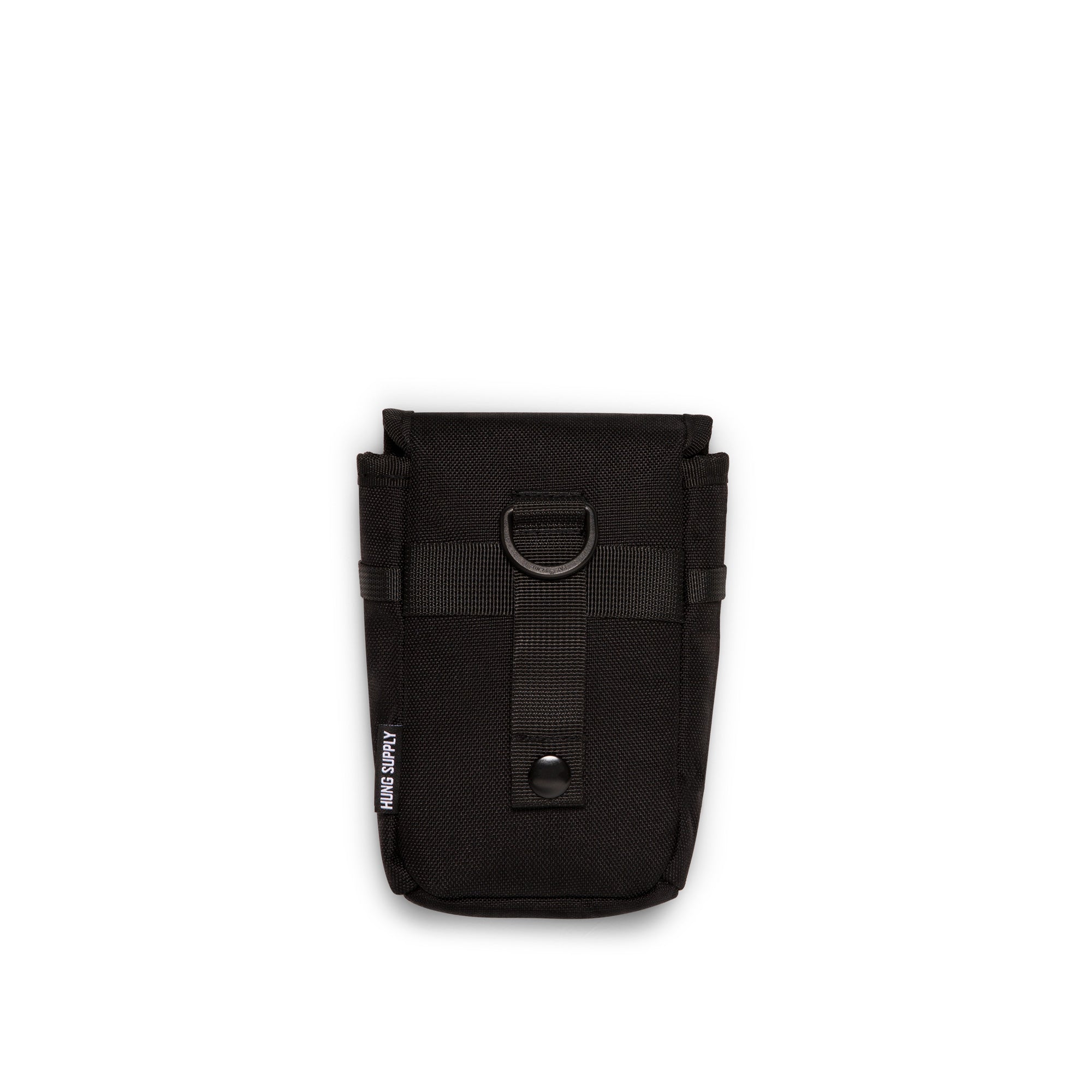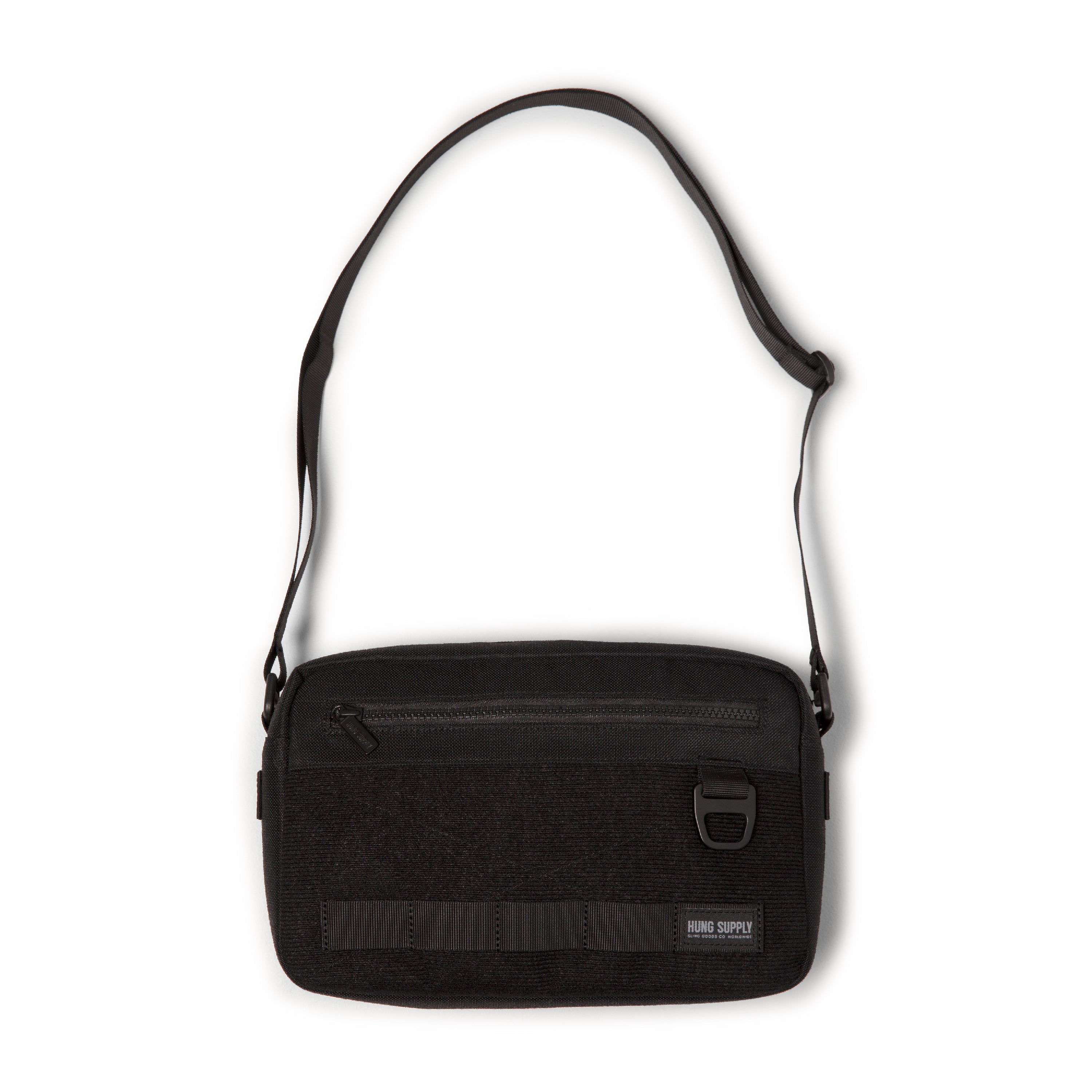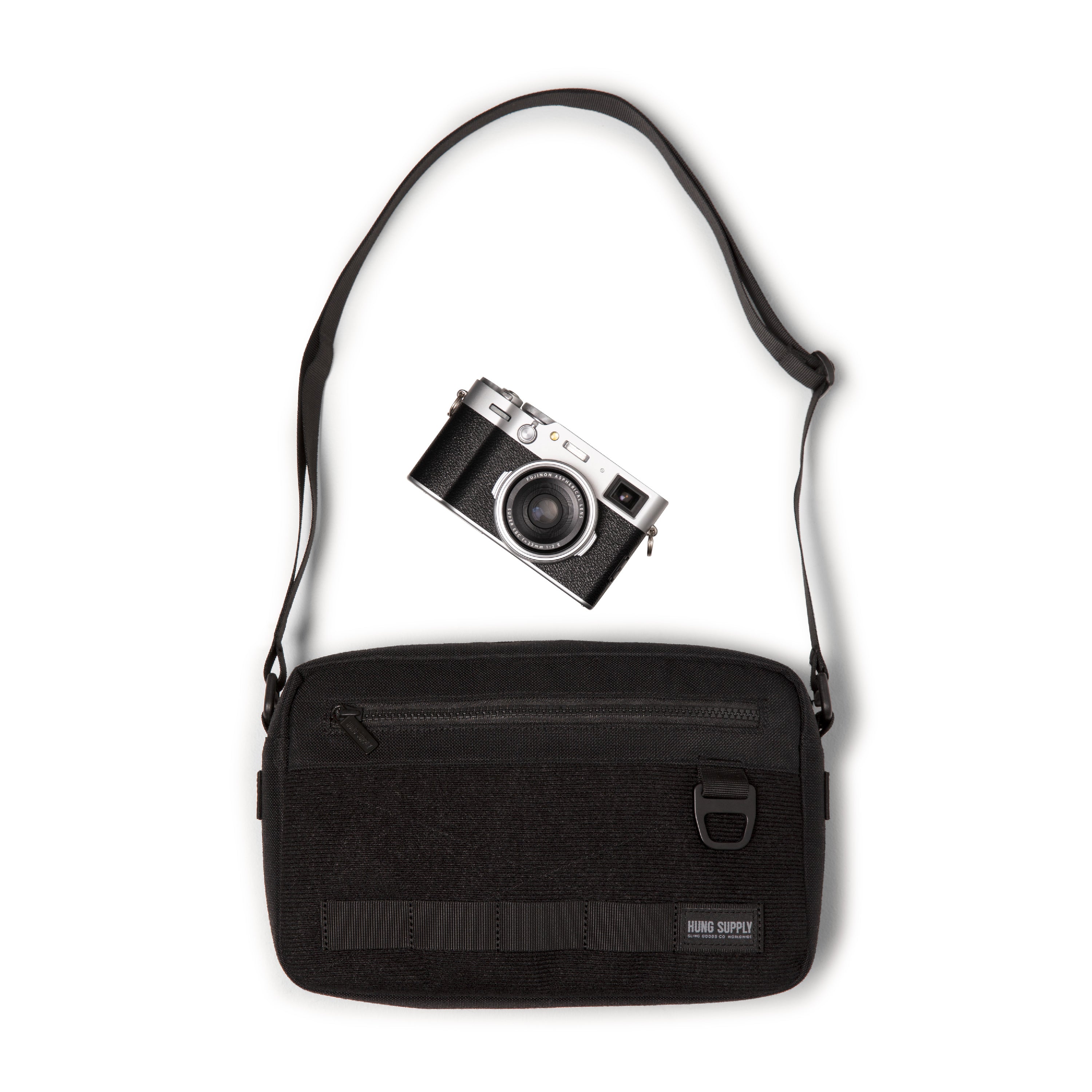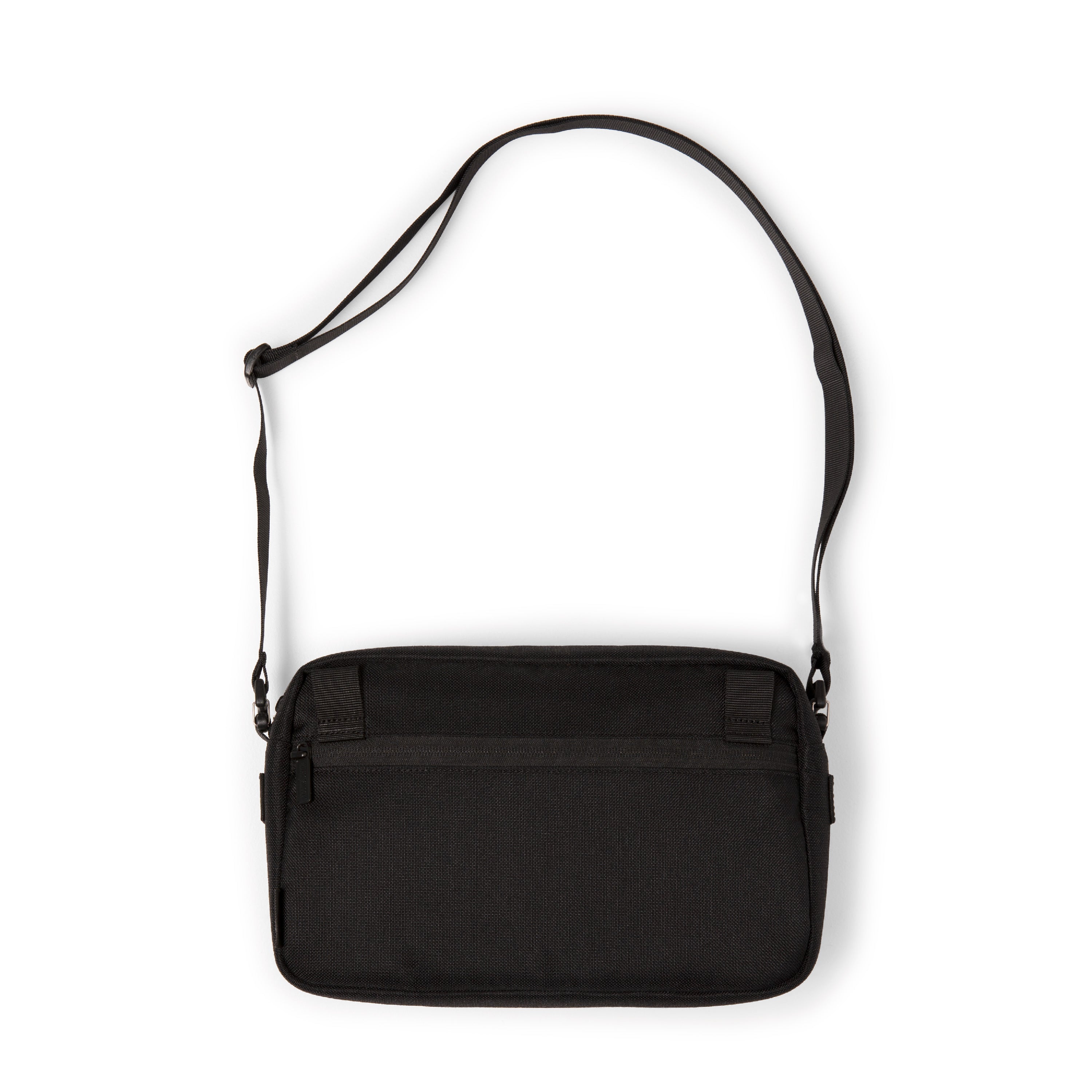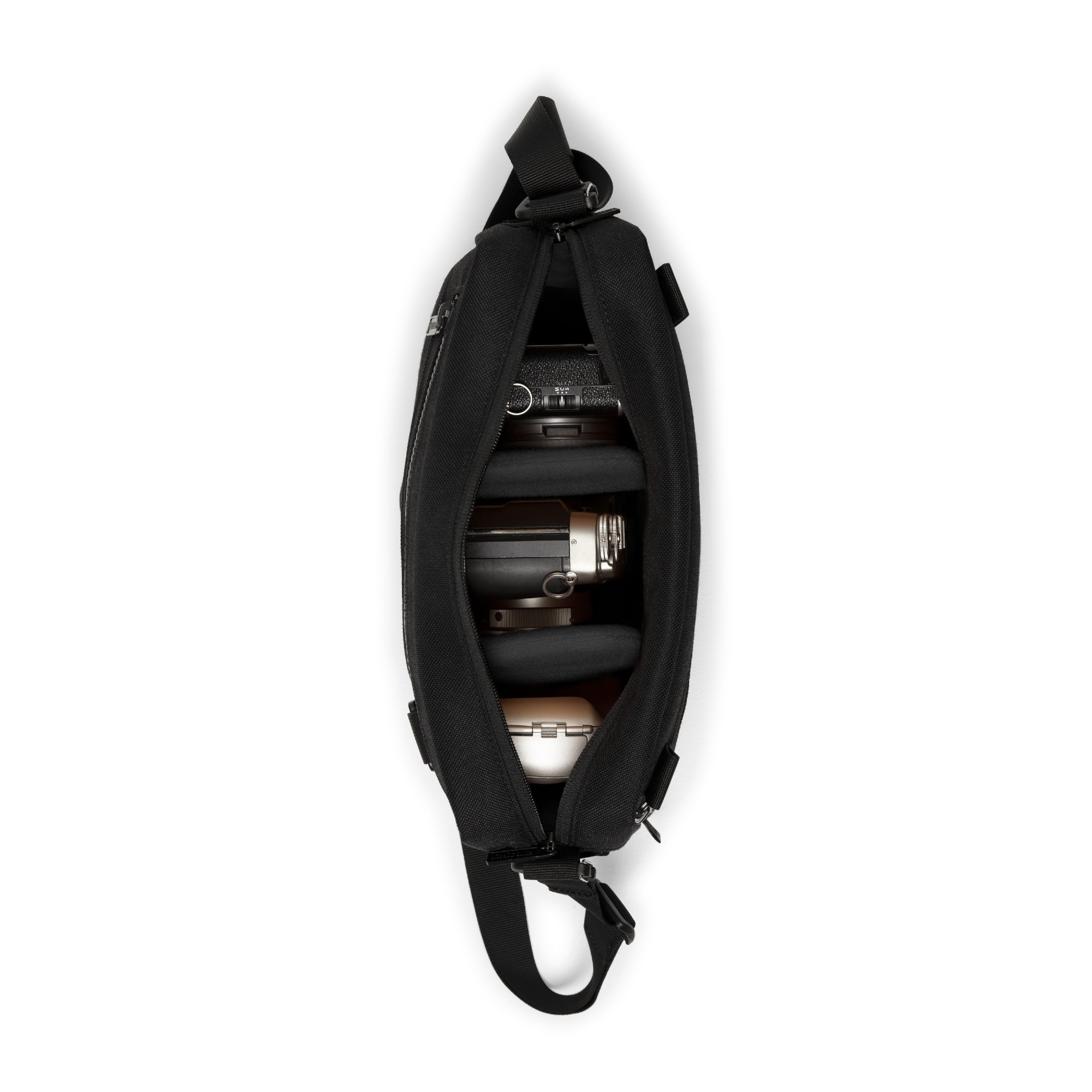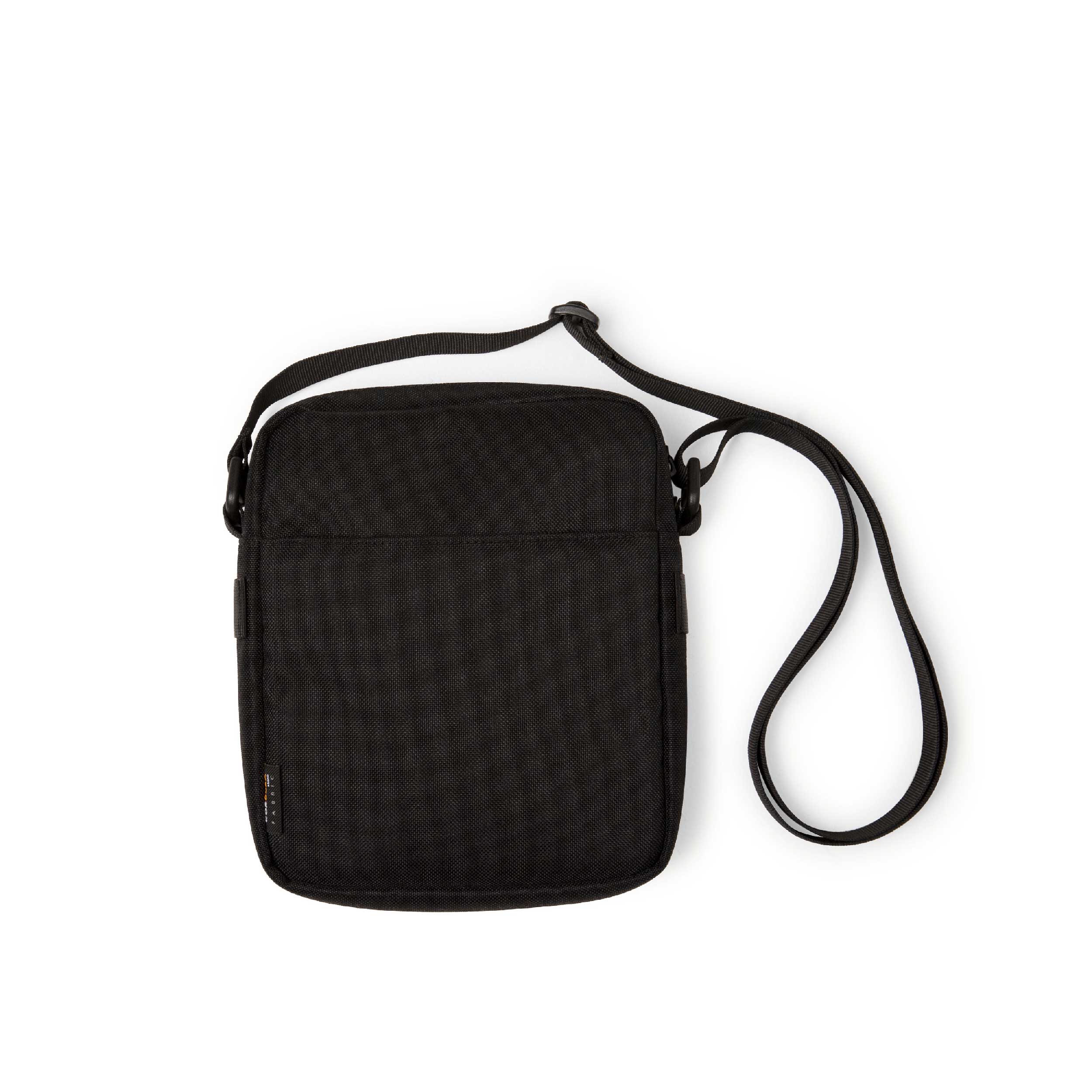From the same editorial team that brought you Film Stock Shootout and Budget Point and Shoot Cameras, we return ceremoniously bigger and better with a high-handed thesis on medium format cameras. Save your breath, there's fuck all room for critique.
Words & Photos: Morgan Rudolph.
Go big or go home ideologists will agree that anything worth photographing, is worth photographing on medium format. Offering XL negatives, smoother gradation, and relatively finer grain, shooting 120 film is like a 680g porterhouse steak, from a hatted restaurant, off the back of a prison sentence. No shade 35mm. Here are five medium format cameras to throw cash at in 2026.
| Format | Aspect Ratio | Frames Per Roll | Relative Area vs. 35mm |
| 35mm | 3:2 | ≤36 | 1x |
| 120 6x4.5 | 4:3 | 15 | 2.7x larger |
| 120 6x6 | 1:1 | 12 | 3.6x larger |
| 120 6x7 | 5:6 | 10 | 4.5x larger |
| 120 6x9 | 2:3 | 8 | 5.4x larger |

Fuji GW690
You've likely heard of the well-worn label "Texas Leica", no? Characterised by its size and resemblance to the Leica M series, the Fuji GW690 is a 6x9 format rangefinder manufactured between 1978–1997. Landscape photographers will favour the super-wide GSW690 iteration, along with its disproportionately lightweight construction. The third and final generation FujiGW690III introduced an ergonomic rubber grip, refined spool-release mechanism, and built-in spirit level, sure to arouse sticklers for a perfectly straight horizon. Another quirk is the shutter counter on the base plate acting as the cameras odometer, keep this in mind when sourcing a low-mileage example.
RATING: 3/5
PRICE: $
PROS:
- XXL negative
- Damn sharp lens
- Considerably light
CONS:
- Fixed lens limitations
- 2-stroke advance lever
- No bulb mode
Sample the Fuji GW690 images on Instagram, HERE. Browse eBay listings, HERE.
Hasselblad 500
Built to last, this 6x6 square format SLR is a timeless Swiss icon. With more than three hundred interchangeable accessories and components, there's no shortage of lenses, grip, magazine, prism, and viewfinder combinations to make it your own. Adapted for NASA's Apollo space programs, the Hasselblad 500 Data Camera (HDC) captured a definitive chapter in history with breathtaking clarity. Forget your batteries? Houston, we have a problem! Not for Hasselblad, the 500 is purely mechanical and mission ready. There are currently twelve HDC bodies and lenses discarded on the lunar surface. Did we mention Zeiss glass?
RATING: 4/5
PRICE: $$
PROS:
- Swiss reliability
- Carl Zeiss optics
- Entirely modular
CONS:
- A little fidgety
- Waist level finder is counterintuitive
- Requires light meter or metered prism
Sample the Hasselblad 500 images on Instagram, HERE. Browse eBay listings, HERE.
Mamiya RB67
Distinguished by its namesake "revolving back" film magazine, the Mamiya RB67 switches between landscape and portrait orientation without rotating the camera body, an otherwise difficult feat with a waist-level finder. Manufactured between 1970–1990, this 6x7 format SLR is cumbersome, but not clumsy. The racks and pinion bellow focus offer a tactile and precise shooting experience with a short minimum focus distance, making it favourable for portrait, fashion, nature and scientific photography. My favourite quirk, Mamiya Universal backs can be retrofitted, allowing for Polaroid film to be shot through professional glass.
RATING: 4/5
PRICE: $
PROS:
- Rotating back is trick
- Compatible with Polaroid film
- No batteries
CONS:
- As big as it gets!
- Two-stroke advance lever
- Requires light meter or metered prism
Sample the Mamiya RB67 images on Instagram, HERE. Browse eBay listings, HERE.

Pentax 67
The beast from the east. Akin to the 35mm Pentax K1000, only twice as conspicuous, twice as heavy, and twice as trick. Manufactured between 1969–1999, the Pentax 67 earnt its stripes as a reliable medium format workhorse with familiar 35mm ergonomics. Alongside a suite of legendary glass, Pentax offered specialty macro, soft-focus, fish-eye, and shift lenses, making it incredibly versatile. The final boss, Pentax 67II, was equipped with six-segment TTL metering, exposure memory lock, and multi-exposure capabilities. In every sense a weapon, handle with care.
RATING: 5/5
PRICE: $$
PROS:
- Downright durable
- Comprehensive lens offering
- Woodgrain trim
CONS:
- Proper heavy
- Dark viewfinder
- Prone to mirror slap
Sample the Pentax 67 images on Instagram, HERE. Browse eBay listings, HERE.

Mamiya 7
The optical benchmark of analogue photography, the Mamiya 7 is a true testament to Japanese precision. This 6x7 format rangefinder is available with 6 interchangeable leaf shutter lenses, omitting the need for a large reflex mirror culpable of weighing down the competition. Under the hood you'll find a light meter, dual-image viewfinder, self-timer, hot shoe with flash sync at all speeds, lens curtain, and that's it. Manufactured between 1995–2014, the Mamiya 7 is, to this day, celebrated for its sharpness and portability. The secret is out, be prepared to throw down some serious cash.
RATING: 5/5
PRICE: $$$
PROS:
- Wild sharp lenses
- Stealthy leaf shutter
- Travels light
CONS:
- Gassed up price tag
- Somewhat plasticky
Sample the Mamiya 7 images on Instagram, HERE. Browse eBay listings, HERE.
















